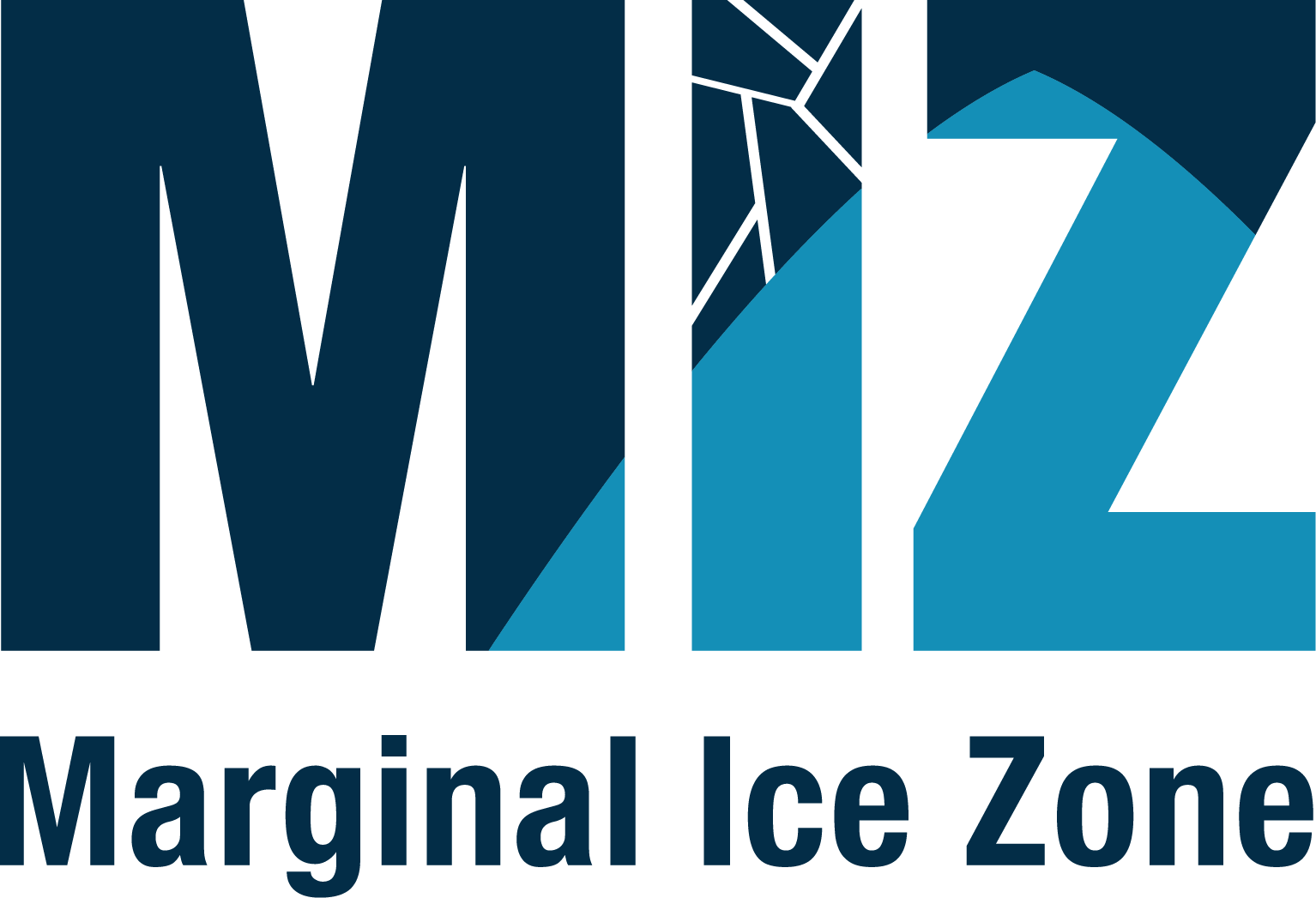RSV Nuyina
With the advent of a new icebreaker, the onus is on the early marine-science projects with access to the RSV Nuyina to boost its science capability. Australian and international researchers, data analysts, and technology designers will use a cross-disciplinary approach to equipping the RSV Nuyina to ensure the vessel benefits national and international large-scale Southern Ocean marine science research programs. The MIZ Study is the opportunity to equip and test the RSV Nuyina as an observing station.
The marginal ice zone presents severe challenges to observe, measure, sample, and monitor because the setting is highly dynamic. However, once the 'teething' problems are resolved, it is realistic that the capability of the RSV Nuyina reaches internationally accredited standards, including WMO's Global Atmosphere Watch (GAW) and Global Cryosphere Watch. These standards document data users from different disciplines' specific requirements for each measurand. If an observing station can provide all (or at least the agreed) measurands at the prescribed specifications, it is deemed to provide global observing capability. The aim is efficient, robust, and sustainable observing capability on the RSV Nuyina, not only for the MIZ Study but for long-term high-latitude marine science.
VOYAGE TRAJECTORY AND TIMING

